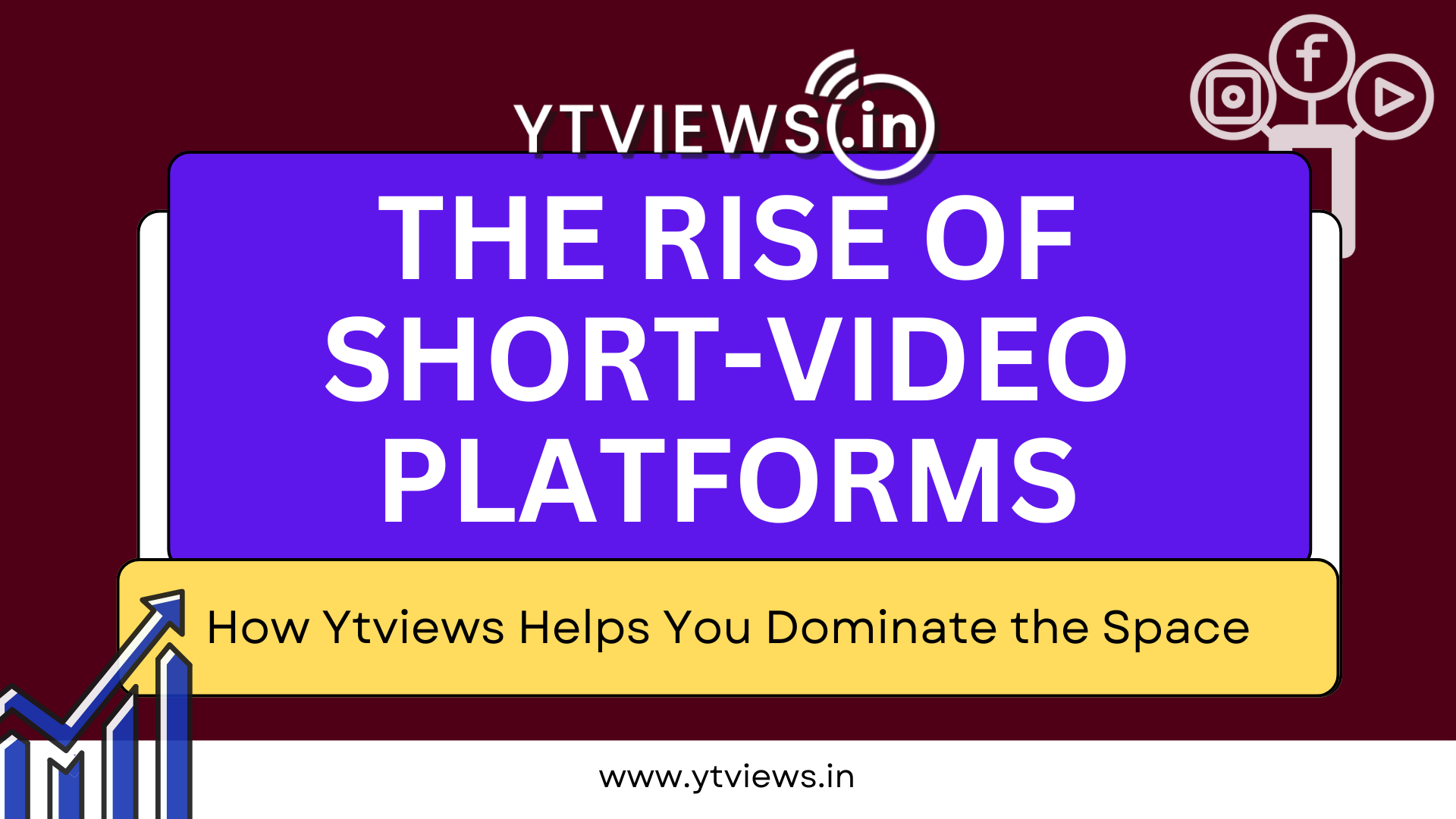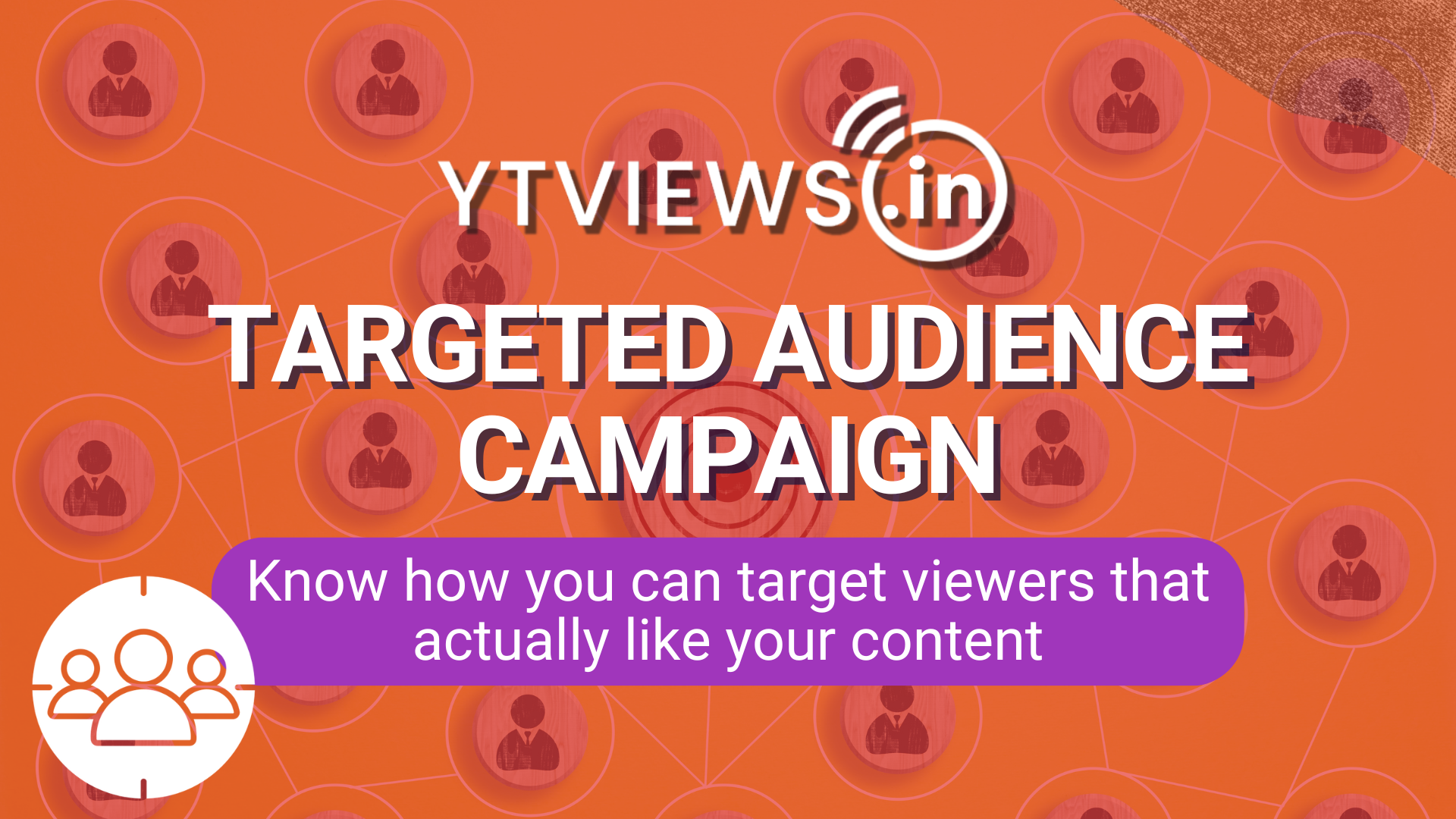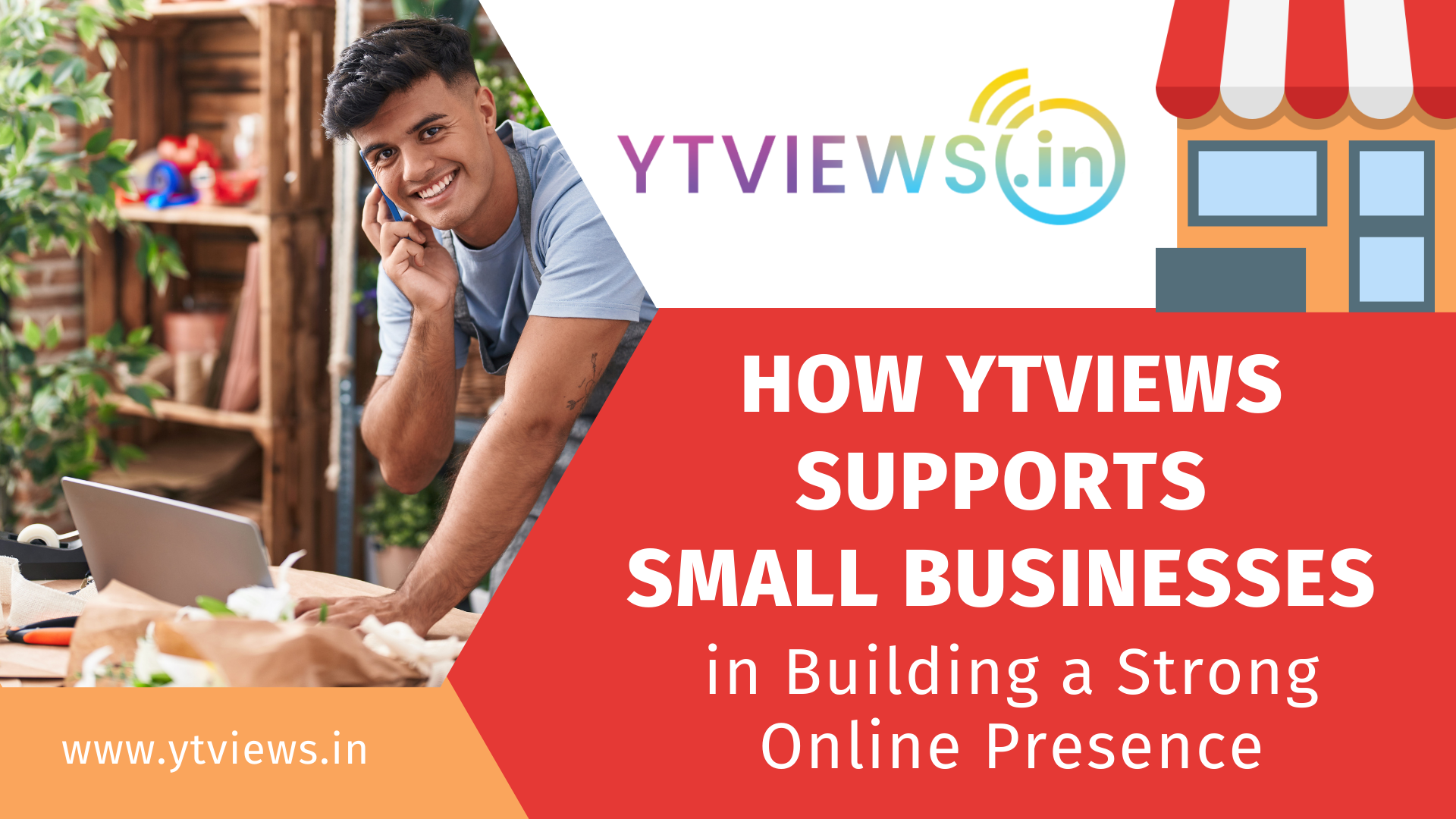Are social media platforms the primary sources for news in today’s digital age?
Is your newspaper or magazine the first thing you grab in the morning? Or do you rely on social media for the newest updates? Well, these days, the majority of people choose social media for getting all sorts of news. And why not. It doesn’t only save time but also spares you from going into long-form articles read. In this article, we will dig deeper into how and why social media platforms become the primary sources of news in today’s digital age.
Social Media: The Primary News Source

In the age of “fake news,” people, of course, no longer wait for morning news or read gossip magazines. Information is readily available through apps and social media. Over 2.4 billion internet users, about 65 percent, now get breaking news from platforms like Twitter, YouTube, Facebook, Snapchat, and Instagram instead of traditional media, according to the studies.
50% of Internet users hear about the latest news through social media before news stations. Breaking stories on feeds lead many to news sites for more information. The survey shows a 57% increase in news site traffic from social media referrals. Also, a decline in article reading has been observed. People tend to scroll through their newsfeeds, mostly reading headlines or watching short video clips. On average, visitors read an article for 15 seconds or less, and the typical online video watch time is just 10 seconds.
Social media controls the news we see; friends act as “managing editors” for popular content. Fake news competes, spreading faster due to sensational headlines and a lack of fact-checking. As a result, finding genuine content is challenging. Some social media sites appear more “newsy” despite having a smaller overall audience. For instance, Twitter is used by 23% of U.S. adults, but 55% of its users regularly get news there. In contrast, YouTube, with a larger user base, has only 30% of its users accessing news on the platform regularly.
Wrapping up
The emergence of social media as a news source has significantly impacted how people access and consume information. The prevalence of sensational headlines and short attention spans has led to a decline in article reading. In this information-rich era, critical thinking is more important than ever to navigate through the complexities of the digital news landscape.











































